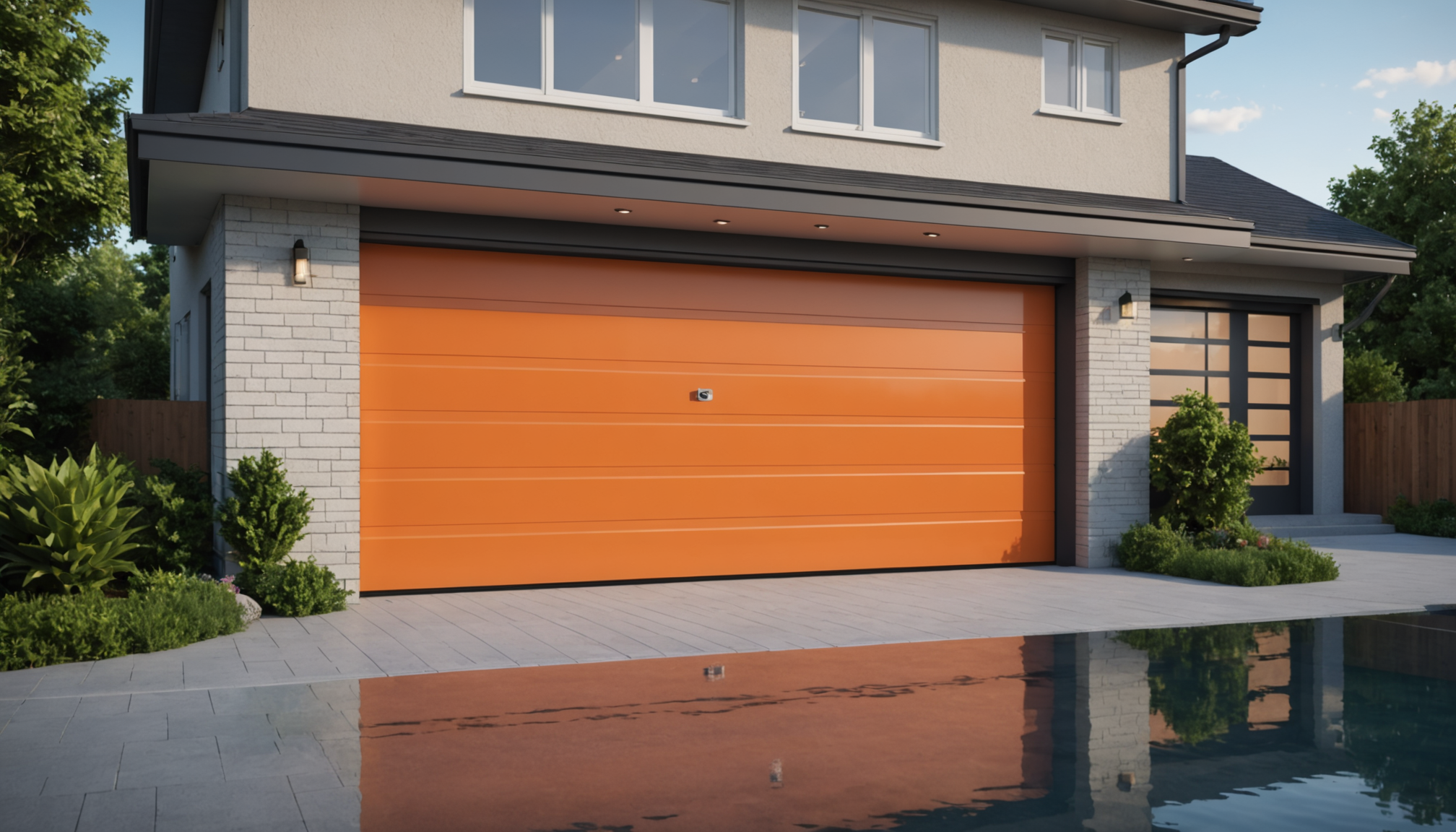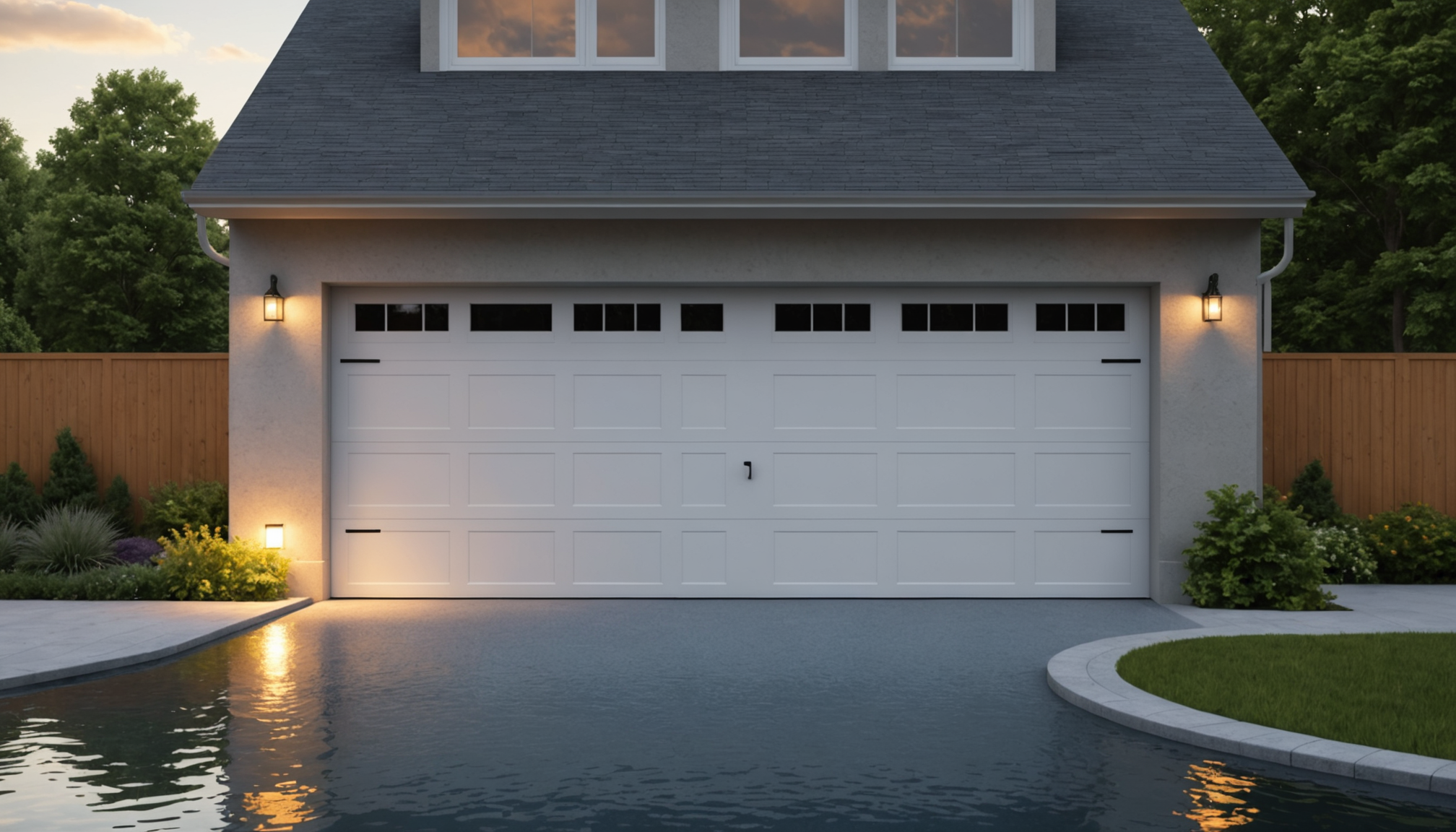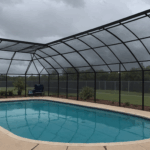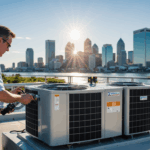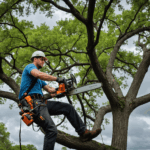Jacksonville’s unique geographical location, with its proximity to the St. Johns River and Atlantic Ocean, makes it particularly susceptible to flooding. According to the Federal Emergency Management Agency (FEMA), approximately 28% of Jacksonville’s residential properties lie within designated flood zones, with coastal areas and riverside neighborhoods facing the highest risk.
Historical data from the National Weather Service shows that Jacksonville experiences significant flooding events an average of 2-3 times annually, with storm surge and heavy rainfall being the primary contributors. The city’s Clay, Mandarin, and San Marco districts have reported the most frequent flooding incidents, with water levels reaching up to 3 feet during severe weather events.
Recent climate studies by the Northeast Florida Regional Council indicate that flood risks in Jacksonville neighborhoods have increased by 20% over the past decade. Low-lying areas near McCoys Creek, Hogans Creek, and the Arlington River are particularly vulnerable, especially during hurricane season from June through November.
- Riverside and Avondale: 65% of properties at risk of flooding during major storms
- San Marco: Historical flooding depth averaging 24 inches during severe events
- Jacksonville Beach: 40% increased flood risk since 2010
- Springfield: 30% of homes requiring flood insurance due to zone designation
The city’s stormwater management system, while recently upgraded, still struggles during intense rainfall events. The Jacksonville Environmental Protection Board reports that aging infrastructure and increased urbanization have contributed to more frequent localized flooding, particularly in neighborhoods built before current flood prevention standards were established.
Urban development has also played a significant role in amplifying flood risks. The University of North Florida’s Environmental Center research shows that concrete surfaces and reduced natural drainage areas have increased runoff by approximately 35% in developed neighborhoods compared to areas with natural ground cover.
Garage flood barriers and protective solutions
When it comes to protecting your garage from floodwaters in Jacksonville, several effective barrier solutions can significantly reduce the risk of water damage. Quick-deploy flood barriers, which can be installed within minutes, provide a robust defense against rising water levels. These aluminum or composite panels create a watertight seal when properly installed against the garage door frame, capable of withstanding water pressure up to 24 inches high.
Permanent threshold barriers offer continuous protection without the need for deployment. These specially designed strips attach to the garage floor and create a waterproof seal when the door closes, effectively blocking water from seeping underneath. For enhanced protection, many Jacksonville homeowners combine these with water-activated flood bags, which expand when wet to create additional barriers against flooding.
Modern flood shield systems utilize advanced materials like marine-grade aluminum and reinforced polymers, designed specifically for Florida’s subtropical climate. These shields can be customized to fit any garage door size and typically feature quick-release mechanisms for rapid deployment when storms approach. Some systems even incorporate built-in drainage channels to redirect water away from the garage entrance.
Commercial-grade weather stripping and door gaskets provide an additional layer of protection when properly maintained. These components should be inspected regularly and replaced every 2-3 years to ensure optimal performance during flood events. For added security, many Jacksonville residents install water sensors that trigger automatic alerts when water is detected near the garage entrance.
- Quick-deploy flood barriers can protect against water levels up to 24 inches high and can be installed in less than 15 minutes
- Permanent threshold barriers combined with water-activated flood bags provide dual-layer protection
- Modern garage flood shields should be inspected bi-annually for optimal performance
- Professional installation of garage flood barriers can reduce insurance premiums by up to 15%
Low-lying area protection methods
When protecting low-lying areas in Jacksonville, residents often employ multiple defense strategies to prevent flood damage. However, several common mistakes can compromise even the best-laid protection plans. One frequent error is relying solely on traditional sandbags while ignoring modern alternatives that offer superior protection and easier deployment.
Many property owners stack sandbags incorrectly, leaving gaps that allow water to seep through. The proper technique involves overlapping bags like bricks, with each layer perpendicular to the one below. Quick-deploy flood barriers, such as water-filled tubes or expandable barriers, often prove more effective and require less manpower than conventional sandbags.
Another critical mistake is failing to create proper drainage pathways around low spots. Simply blocking water without providing an alternative route for it to flow can create dangerous pooling and potentially cause more damage. Installing French drains or creating graded swales helps direct water away from vulnerable areas while maintaining the integrity of flood barriers.
Property owners frequently overlook the importance of maintaining natural water absorption areas. Removing vegetation or excessively paving low-lying areas reduces the ground’s natural ability to absorb water. Maintaining native plants and implementing permeable paving solutions can significantly reduce flooding risks while supporting existing barrier systems.
- Water-filled barriers can protect against flooding up to 30 inches high and deploy 5 times faster than sandbags
- Proper drainage solutions should be installed before the rainy season begins
- Natural absorption areas can reduce water accumulation by up to 40%
- Regular maintenance of flood prevention systems increases effectiveness by 60%
Many Jacksonville residents make the error of waiting until severe weather is imminent before preparing their flood protection systems. This last-minute approach often results in rushed, improper installation and reduced effectiveness. Additionally, failing to regularly test and maintain flood barriers can lead to unexpected failures during critical moments, particularly with mechanical or automated systems.
Emergency flood prevention measures
When severe weather threatens Jacksonville, quick action and proper preparation can mean the difference between minimal damage and catastrophic flooding. Start by maintaining an emergency flood kit containing heavy-duty tarps, quick-deploy barriers, and commercial-grade duct tape. These essential supplies should be stored in an easily accessible location, not buried in a hard-to-reach corner of your garage or shed.
At the first sign of potential flooding, deploy water-activated sandbags around doorways and vulnerable entry points. These modern alternatives to traditional sandbags expand automatically when wet, providing rapid protection without the heavy lifting. Position them in a pyramid formation, with the base wider than the top for maximum stability and effectiveness.
Install temporary downspout extensions to direct water at least 10 feet away from your foundation. Use heavy-duty plastic sheeting secured with ground stakes to create emergency water diversions, guiding water away from your property. For added protection, keep battery-operated sump pumps ready with fully charged backup power supplies.
Consider investing in inflatable door dams that can be quickly positioned in entryways. These barriers create watertight seals and can be deployed in minutes, making them ideal for flash flood situations. Keep specialized absorbent socks on hand to place along interior walls as a last line of defense against seepage.
Key emergency measures include:
• Maintaining a supply of water-activated barriers sufficient to protect all entry points
• Installing battery-powered water sensors near potential entry points
• Keeping emergency generators fueled and tested monthly
• Storing valuable items at least 12 inches off the ground
• Having emergency contact numbers readily available for local flood response teams
Remember to test your emergency measures regularly, particularly before hurricane season. Practice deploying your barriers to ensure everyone in your household knows their role during a flood event. Time is critical when water levels rise, and familiarity with your emergency procedures can significantly reduce potential damage.
By maintaining these preparations and acting swiftly when threats arise, you’ll be well-equipped to protect your property from sudden flooding events. Your proactive approach today will provide peace of mind and protection when you need it most.
Long-term flood barrier installation and maintenance
- How often should I inspect and maintain my flood barriers in Jacksonville?
- Professional inspection of flood barriers should be conducted twice per year, before and after hurricane season. Regular maintenance includes checking seals, lubricating moving parts, and testing deployment mechanisms to ensure they’ll function properly during flooding events.
- What’s the average lifespan of a permanent garage flood barrier?
- Quality flood barriers typically last 8-12 years with proper maintenance and care. However, components like weather stripping and gaskets should be replaced every 2-3 years to maintain optimal protection levels.
- Can I install flood barriers myself or do I need professional help?
- While some temporary barriers can be DIY-installed, permanent flood protection systems should be professionally installed to ensure proper fitting and maximum effectiveness. Professional installation also typically includes a warranty and may be required for insurance purposes.
- Will installing flood barriers affect my home’s curb appeal?
- Modern flood barriers are designed to be aesthetically pleasing and can be nearly invisible when not deployed. Many permanent systems integrate seamlessly with existing architecture and can actually enhance property value in flood-prone areas.
- How much money can I save on insurance by installing flood barriers?
- In Jacksonville, properly installed and certified flood barriers can reduce flood insurance premiums by 5-15% annually. The exact savings depend on your location’s flood zone designation and the type of protection system installed.
